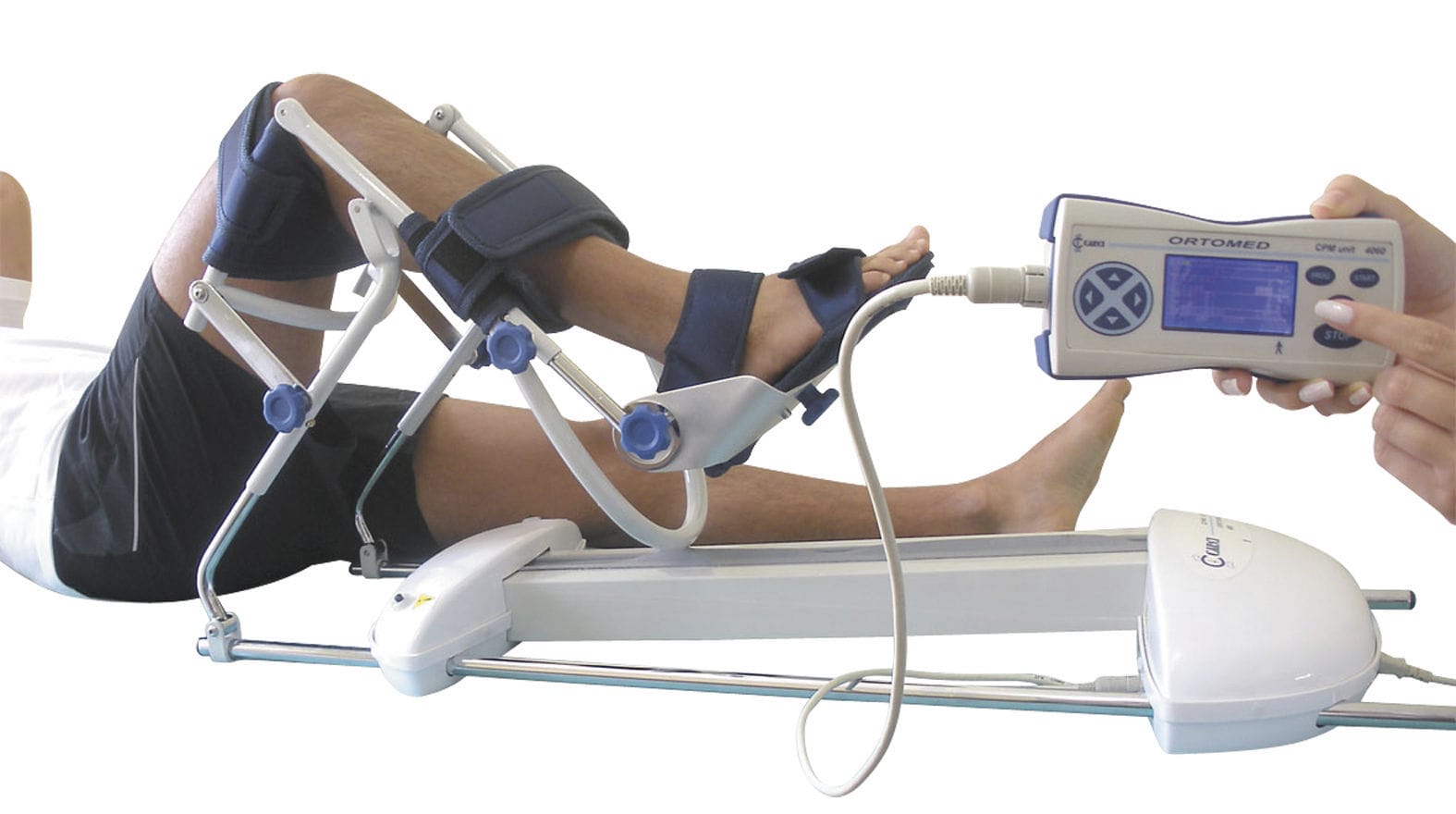

Inversion (turned inward): 0 to 35 degrees Eversion (turned outward): 0 to 25 degreesįlexion: 0 to 30 degrees Extension: 0 to 80 degreesįlexion: 0 to 50 degrees Extension: 50 to 0 degreesįlexion: 0 to 180 degrees Extension: 0 to 50 degrees Abduction: 0 to 90 degrees Adduction: 90 to 0 degrees Lateral rotation: 0 to 90 degrees Medial rotation: 0 to 90 degreesįlexion: 0 to 160 degrees Extension: 145 to 0 degrees Pronation (rotation inward): 0 to 90 degrees Supination (rotation outward): 0 to 90 degreesįlexion: 0 to 90 degrees Extension: 0 to 70 degrees Abduction: 0 to 25 degrees Adduction: 0 to 65 degreesĪbduction: 0 to 25 degrees Adduction: 20 to 0 degrees Flexion: 0 to 90 degrees Extension: 0 to 30 degrees

Plantar flexion (movement downward): 0 to 50 degrees Dorsi-flexion (movement upward): 0 to 20 degrees Physical therapists and exercise physiologists measure an individual’s range of motion and compare it to these normal values.įlexion: 0 to 125 degrees Extension: 115 to 0 degrees Hyperextension (straightening beyond normal range) :- 0 to 15 degrees Abduction (moving away from the central axis of the body) :- 0 to 45 degrees Adduction (moving towards the central axis of the body) :- 45 to 0 degrees Lateral rotation (rotation away from the center of the body) :- 0 to 45 degrees Medial rotation (rotation towards the center of the body) :- 0 to 45 degreesįlexion: 0 to 135-145 degrees Extension: 135-145 to 0 degrees ALL JOINTS OF NORMAL RANGE MOTION :Īlthough there is variability among various individuals, the following are generally accepted values for a normal ROM in each individual joint as measured in degrees. The opposite movement, flexion, bends the joint so that the joint angle shortens. It occurs when muscles contract and bones move the joint into a bent position. Extension is a physical position that decreases the angle between the bones of the limb at a joint. Common joint movements include flexion, extension, abduction, and adduction.


 0 kommentar(er)
0 kommentar(er)
